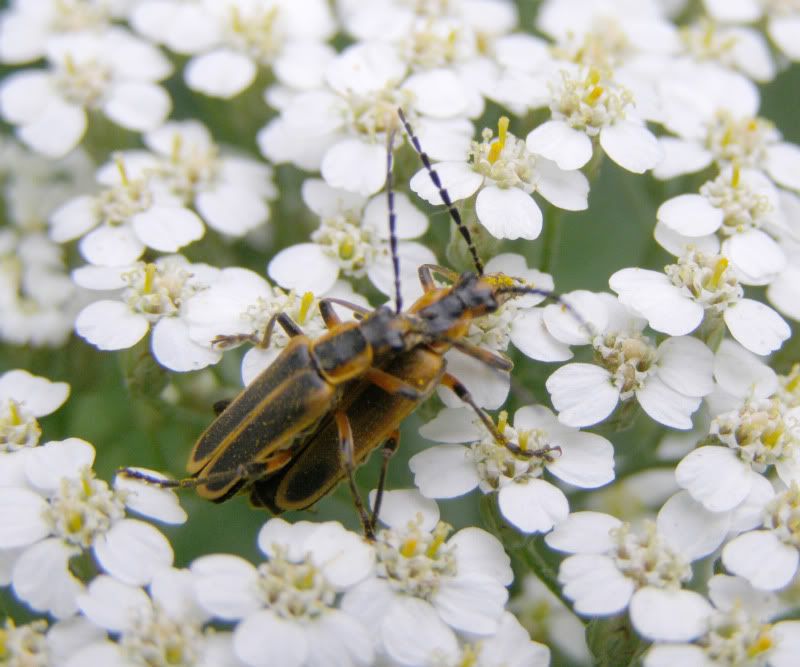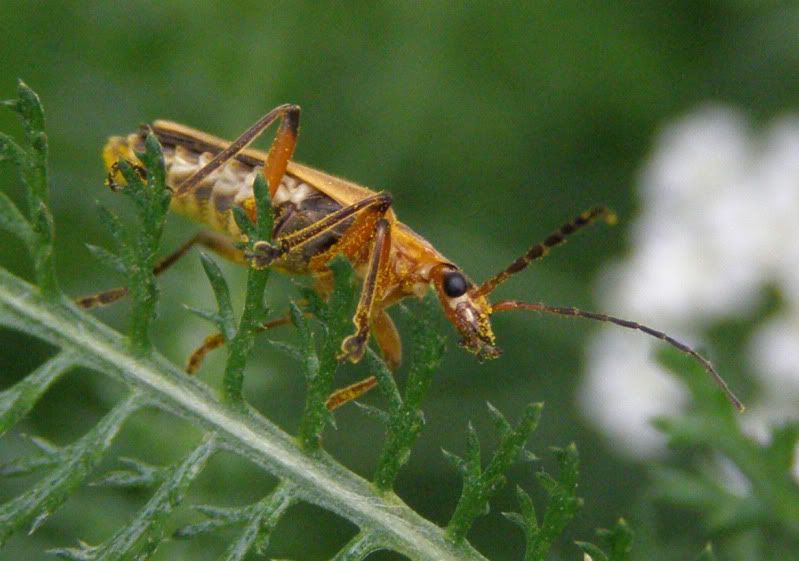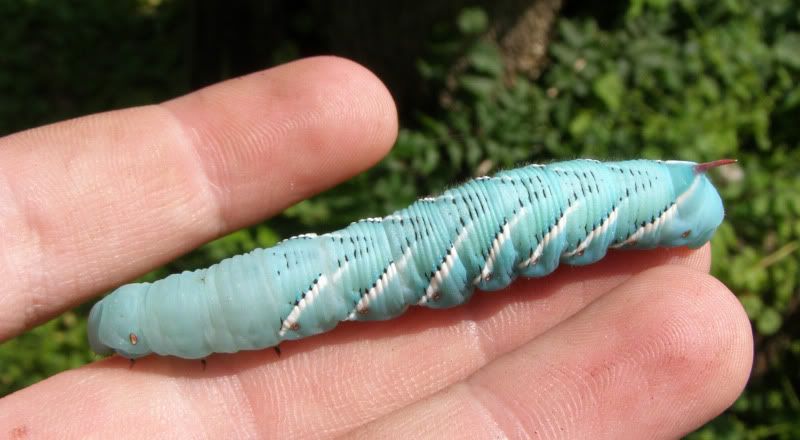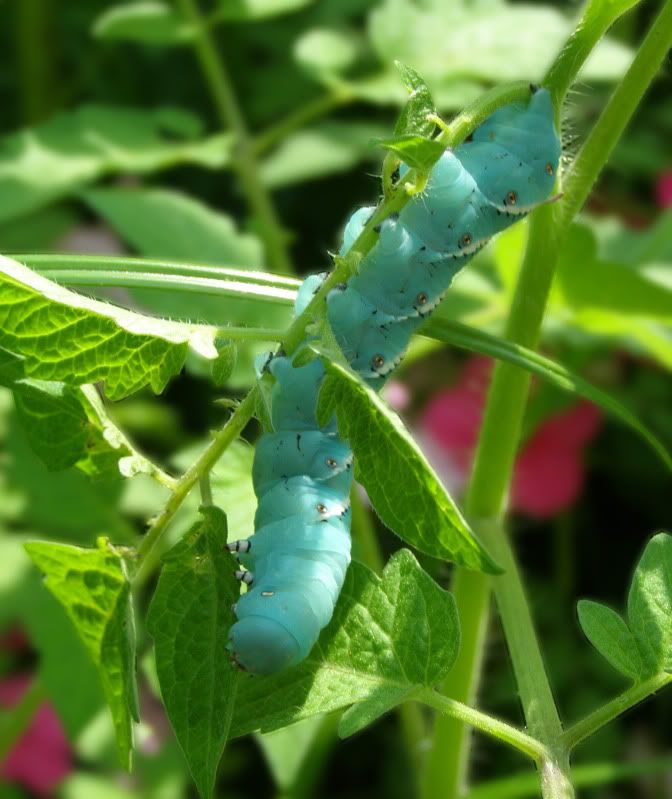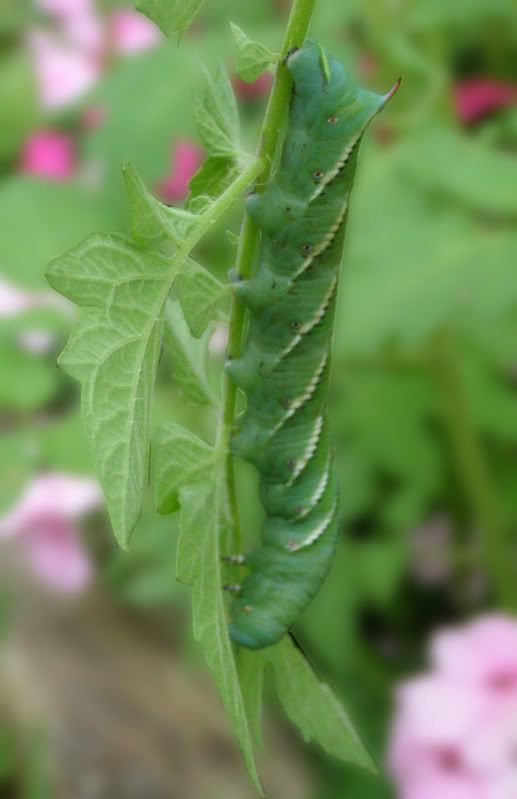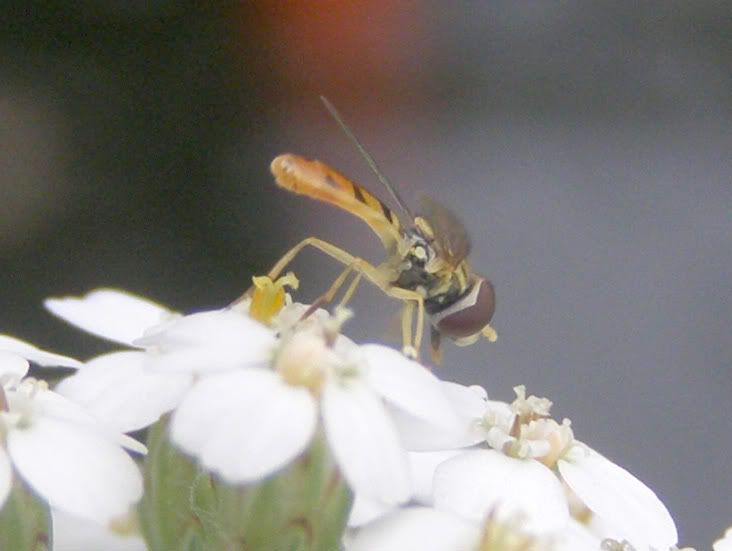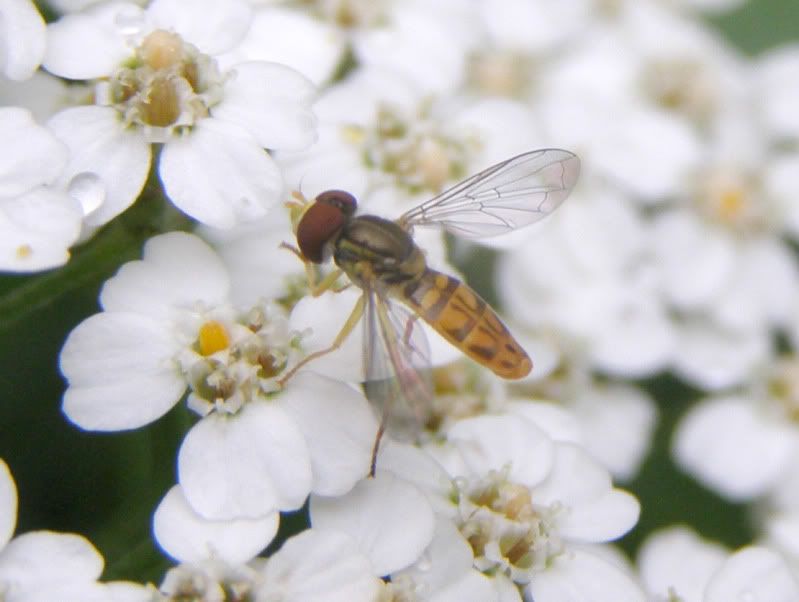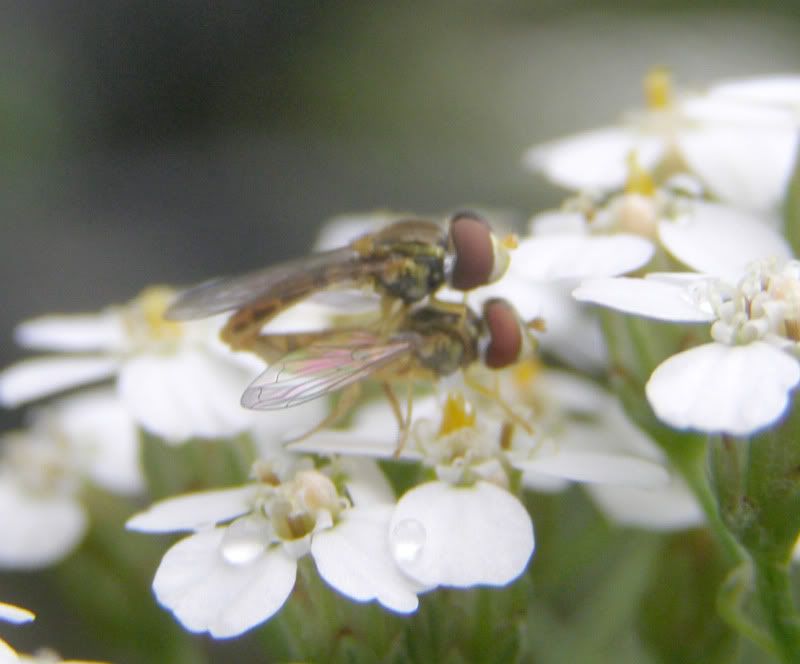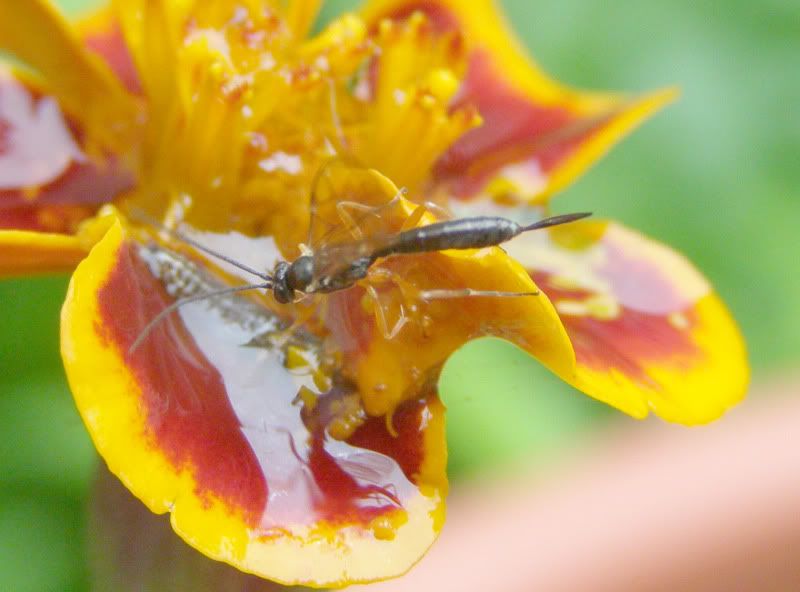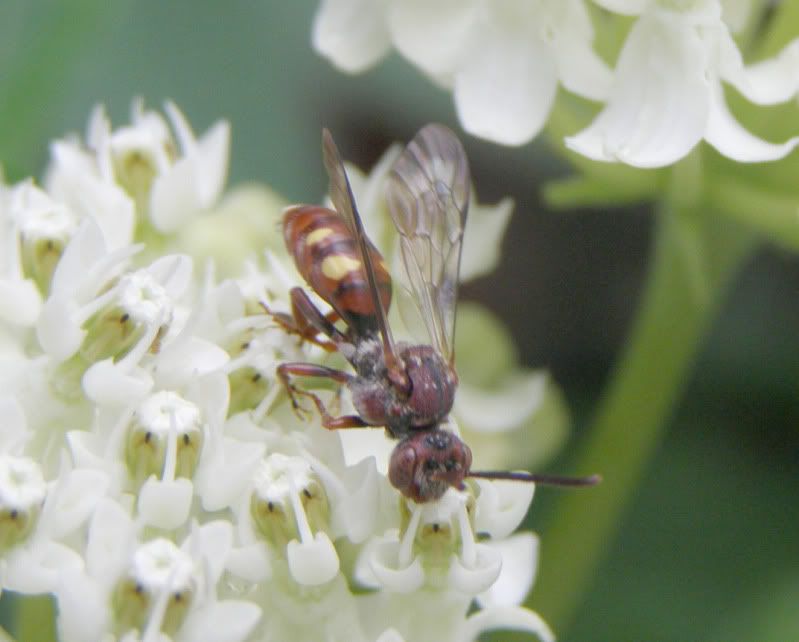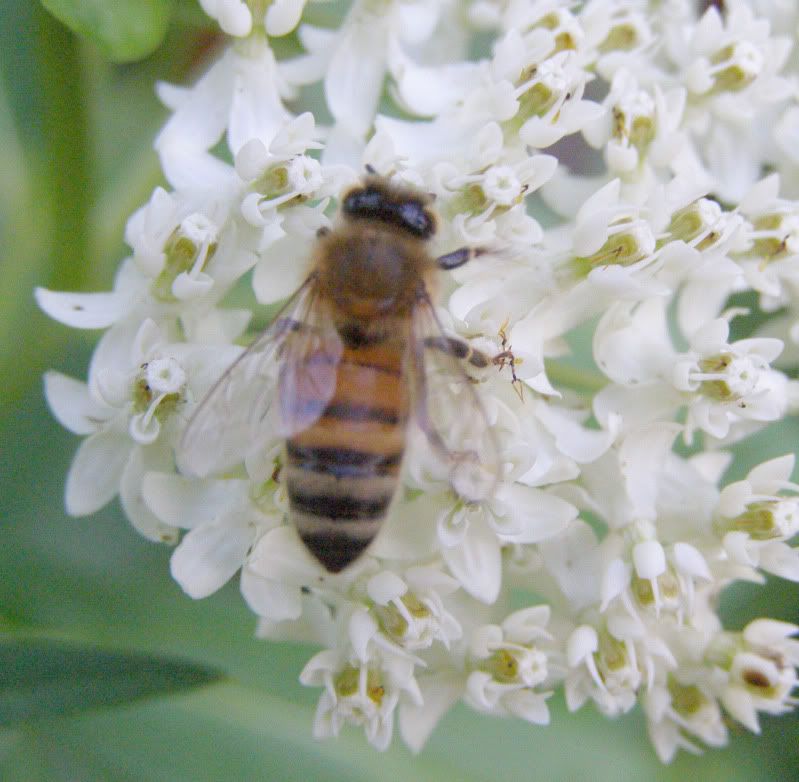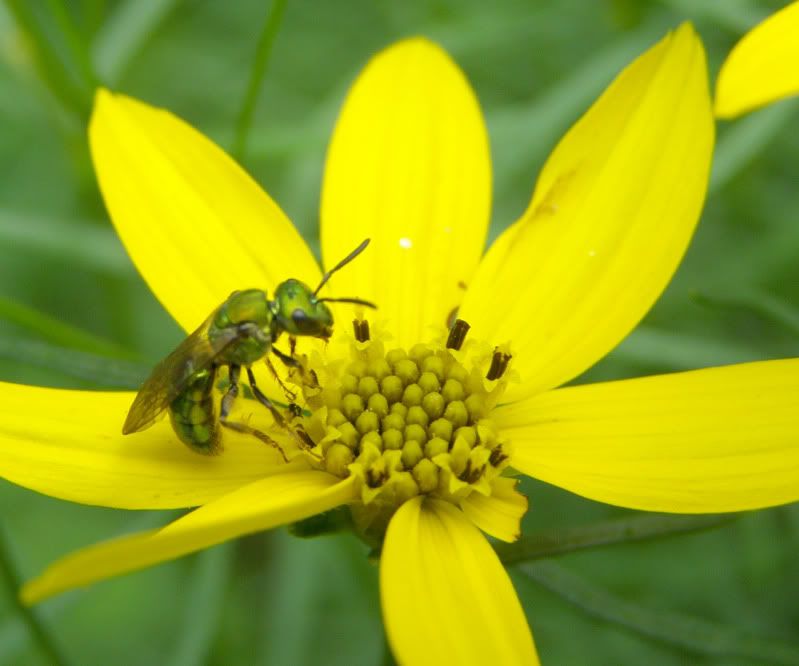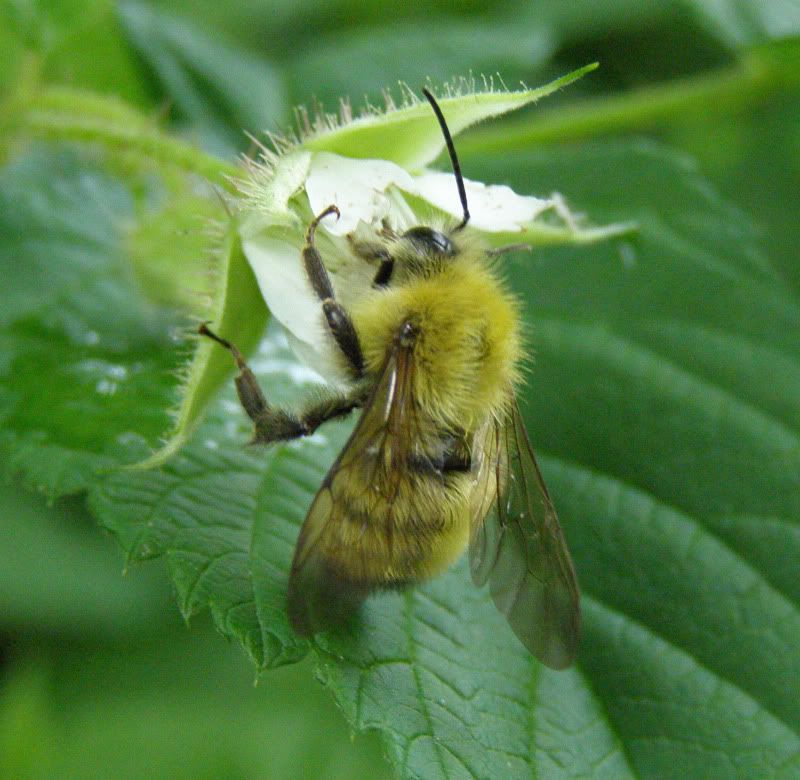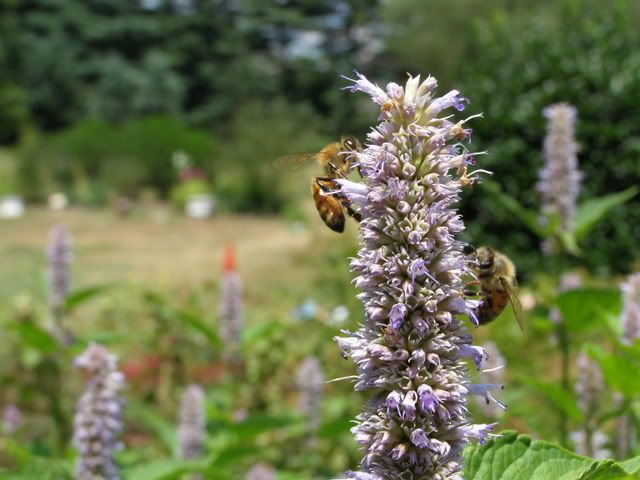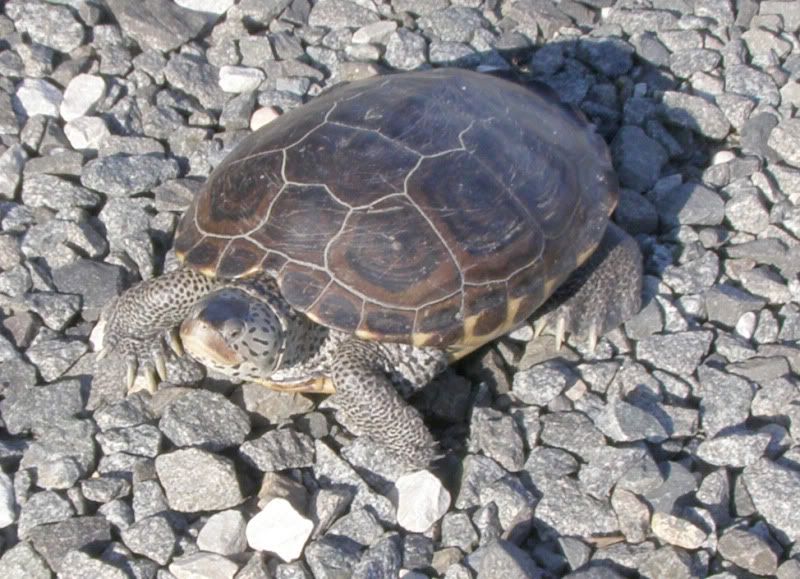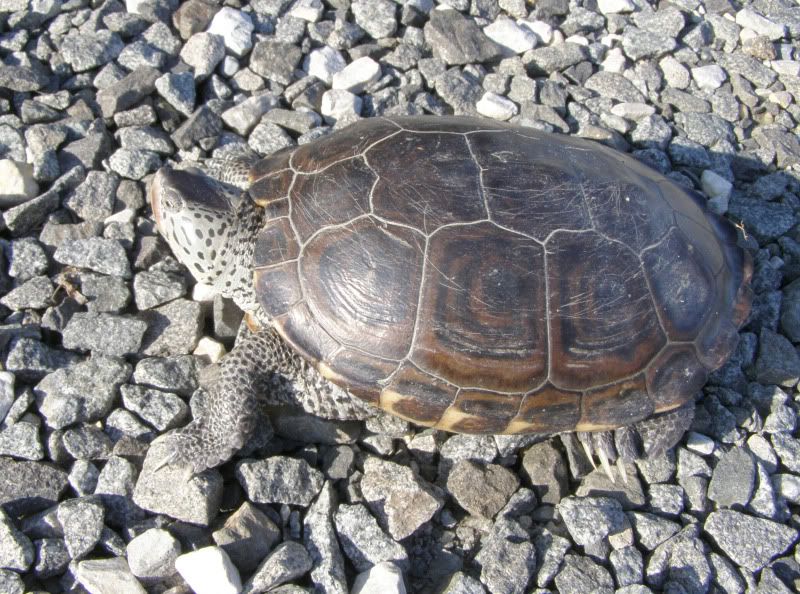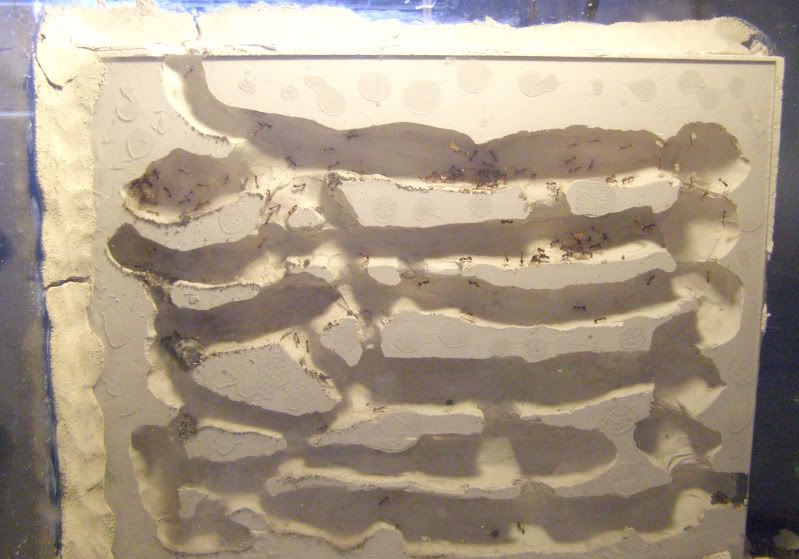Because I'm probably not doing an episode of Ant Chat on this anytime soon, I though I'd do a blog post about how I do it. Your method may vary. Each colony has to be looked at uniquely. Not all of us have the luxury of lifting up a rock and going "oh look there's the queen!" Ideally that's what you want though. You need a colony that's easy to get in some way. Those are going to be the colonies most worth your time I think.
So here are the ethics of getting a colony:
1) Go for something small and easy to get. You shouldn't be going after a colony of 100,000 ants. That will take several days. A colony of a few hundred will be much easier to get and probably won't take more than 6 hours to get. .
2) Don't just get the queen, and don't stop when you get her. Your goal should be 100% of the colony. Some are going to die in the process anyhow and you need as much as many ants as you can get! Your eyes shouldn't be bigger than your ant farm.
This rule doesn't apply to anything invasive, go ahead and do whatever you like to these! Also if the colony has more than one queen it's find to only take half but make sure you follow rule 3.
3) Don't leave the colony vulnerable. Try to keep it together as best you can. It is fine to take a few workers just as a colony fragment, and it's fine to only take brood to boost an existing colony but don't pick on just one colony. Bait the area if you have to, to find other nests of the species.
*And I'll add, if an area is being demolished for construction work feel free to salvage as many colonies as you like.
Also try doing some research before hand. For example
Here is how most
Prenolepis imparis make their nest. As you can see besides maybe the top 6 inches of chambers it's mostly a straight shaft leading some 8 to 12 feet into the earth. There is no way in hell you're digging that up without renting a backhoe. What's more the replete caste is nearly imposable to dig up without crushing even when care is taken.
Getting colonies in the spring will be 10 times easier than in the summer when colonies have already started extensively expanding their nests. Some species make foraging tunnels that lead several yards away from the main nest and really spread the colony out. This makes it difficult to locate where the main nest is, but even that doesn't guarantee the queen will be there.
Once a suitable colony has been found I like to setup a lightly colored sheet, or some smooth surface next to it. This is so I can dig the colony up, put it on the sheet or surface area and sort through the dirt right there. Some people like to dig up the whole colony, put them in buckets and just drive home with it, but this removes the option of letting the ants go, and who's to say you'll even find the queen? At least when you're sorting ants near the nest site you're able to put the ants back where you found them.
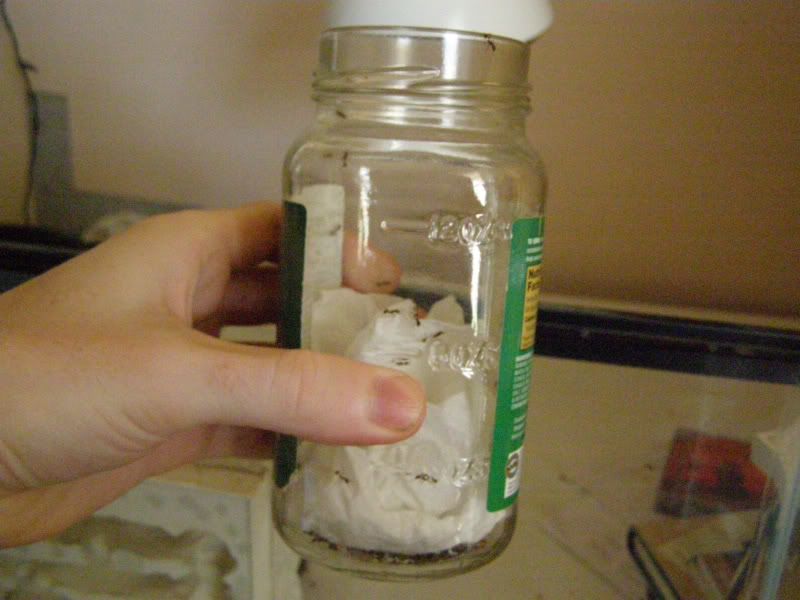
I collect ants in a jar. There is a short piece of half inch tubing sticking through the lid, 1 inch inside the jar, and 1 inch out. (This isn't seen well in the photo above as the lid isn't on properly.) Some people use Pooters or Aspirators and that's fine. Personally I don't like the taste of plastic. Regardless of what you're using though, hands or air, you're going to damage some ants. I've also seen people use open containers coated with
Fluon, but that's expensive. I've used 3 in 1 oil before, used in shop class to lubricate saw blades and available at any hardware store, it's a light oil, and that does the job. Some ants in general have trouble climbing glass, but most of them have no trouble at all.
Whatever your method of choice may be, I like to put a curled up object in there such as a loosely balled up bit of paper towel, or tissue. This increases the surface area the ants have to work with so when you're dumping ants into a jar they're not restricted to the bottom and crawling all over each other. The increased surface area also gives the ants something to crawl around on and hide under. It helps settle them too I find. Over crowding actually damages the ants. Some species that use chemicals have to be collected with special care! Formica species that spray formic acid will suffocate themselves in a closed jar. I Don't collect ants like that so I don't have an answer for the problem. Formic acid certainly isn't helping your vision if they spray it in your eyes!
Collect as many of the workers as you can, get all of the brood you find in whatever stages are present (not all ants lay consistently throughout the year) and of course try to locate the queen ant. There's no set location for her sadly but she's usually near the brood. I once found the queen to the
Camponotus castaneus colony out in my yard right at the surface guarded only by two workers.
C. castaneus colonies build nests that are tangled around the roots of nearby trees they nest next to. This was a huge colony of several thousand ants.
Also try to grab bits of the nest, particularly ones near the brood. This also helps calm the workers down some. This helps keep the colony odor steady too. When collecting ants I've seen workers start fighting one another and I believe it's because they don't quite smell correct anymore between me touching them and being thrown into a serial environment of a container that might still smell of the food that used to be in it. Some of their soil, thatch, or, if they've built it,
carton nest, help maintain order I think.
When you first start digging, try to get all the ants that run away first. The ones that didn't run are bunkering down inside the clump of dirt. I usually sort through the dirt twice to make sure I haven't missed any, then toss the pile to the side. The ants usually cluster around the brood above all else, and occasionally a few will just make a break for it running in all directions. Get as many as you can and pray you haven't chopped the queen in half with the shovel; which has happened to me twice!
Something that occasionally happens is neighboring colonies will catch on that your current excavation is vulnerable and they'll take advantage of a free meal. You may see lots of other ants suddenly show up. There isn't much you can do about this other than try to move quicker.
So that's pretty much what I do to get a colony. As I said I usually go after something small and easy to get. I'm also careful not to mess with to many species that sting. You don't want to find out you're allergic to an ant sting after you've pissed off thousands of them.


